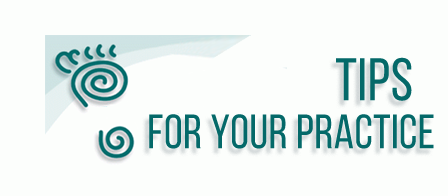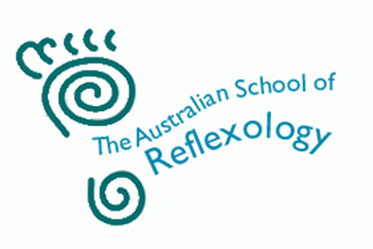
The Art of Referral
Taking time to build and maintain a comprehensive referral list is an extremely important part of our practice. As we know, reflexology is not a cure-all nor is it the answer to every health problem. A well-considered and timely referral can make a big difference to a client’s healing process and, in many cases, should form an integral part of the therapeutic process.
J has been seeing me for reflexology for the past 12 weeks. He came because of debilitating pain caused by a whiplash injury 12 months ago. The conventional approach – physio etc – had not helped at all; massage would give relief for three days; might as well give reflexology a try!
J had constant pain down the back of his neck into the shoulder; bulging discs between each vertebra from C3 to C6, daily headaches building from 2/10 on waking to 9/10 in the evening; he could only turn his head 30% to the right, making driving a tad dangerous at times. He was taking Stilnox to sleep at night.
I won’t go into a detailed account of each session or his reactions, although these have been interesting to say the least – after the first treatment (8am) he went straight home, cancelled all his business appointments and slept until 1pm!
Each session involved 35 minutes of auriculartherapy followed by 20 minutes of foot and hand reflexology of mainly the muscular-skeletal system reflexes. After 10 treatments J has practically no headaches even after work, can turn his head 50%, and is sleeping without medication. Progress has been very gradual with a few setbacks – never give up too soon.
It is important to be up front about what reflexology can and can’t do, I find. As far as a whiplash injury goes, reflexology can relax the spasming muscles and reduce the associated inflammation. It will also reduce the build-up of tension in the nervous system and help with much needed sleep. J didn’t have any other symptoms so I focused on talking about the above. Keep it simple at all times.
After 5 sessions I suggested that in addition to reflexology, he have Cranio-Sacral therapy, also excellent for neck injuries. He responded really well to that treatment – and it triggered a memory that he had fallen badly on his neck as a school boy but been made to promise not to tell anyone by a teacher, so it was never treated! Imagine the emotional trauma caught up in his neck.
In a case like this, once the muscles relax, there will be less pressure on the vertebrae and the nerves. Less pressure, less inflammation = less pain. However, the muscles have spent a whole year learning a new way to be. Thus, any strong activity eg: lifting or long drives will send them straight back into stress mode.
Reflexology cannot retrain muscles or remind them about healthy action. We need to refer such a client to Bowen Therapy or Ortho-Bionomy for this when the time is right and make time to explain exactly why this is necessary. Later I will refer J for Alexander Technique lessons to better learn how to move and use his body. Once the body has suffered an injury, it requires ongoing maintenance.
I use this example because I think it demonstrates that if you think about what is going on in the body in simple but holistic terms, you will know when and to whom to refer a client; a good referral increases the client’s confidence in you and your abilities.
Hopefully, if you are able to communicate your treatment plan and reasons for referral well enough, your clients will continue coming to you as well – after all, how much does it cost them to be sick or disabled?
Sometimes clients stay with the other practitioner because that is what they need to do, like M, who at each reflexology session unburdened her heart – all her grief, guilt and sense of failure. She tells me that the grief counsellor I referred her to has changed her life. She can’t afford both therapies, but she is more at peace now and that’s my payback.
Tips about referring
- Have only those therapists on your list that you know are really good.
- Update & check your list each year.
- Write letters of referral so you are kept in the loop.
- Practise explaining how the body works in simple terms; using a metaphor can be helpful for clients to understand why your suggestions are important.
- Take every opportunity to learn about other therapies and experience them yourself.
- Listen carefully to your clients. J made the remark that he was scared to turn his neck even though it was no longer hurting as much. This gave me the clue that EFT (tapping) could help him let go that limiting thought; that will now be included in our next session.



